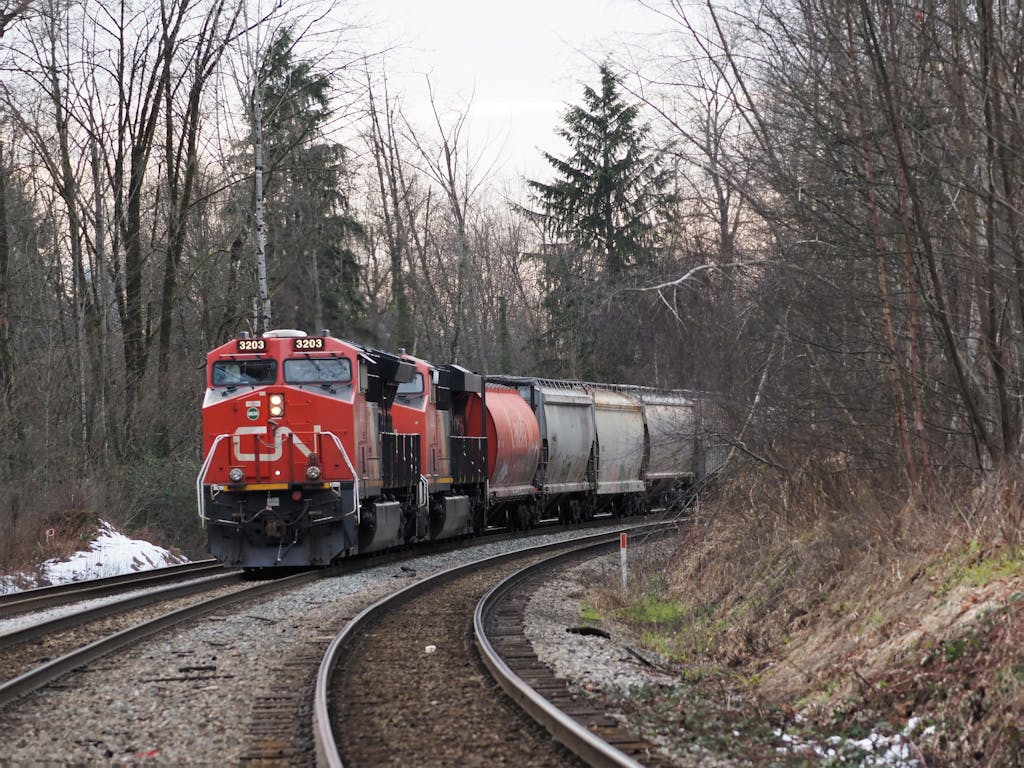What can be done to help cattle producers facing another year of drought and serious feed shortages? The Saskatchewan Cattlemen’s Association has held well attended meetings in Kindersley, Perdue, Cabri and Cadillac to address the issue.
I attended the meeting in my hometown of Cabri and I was impressed by how well the town hall was run with participation by many of the approximately 100 in attendance.
While drought also hurts grain producers, crop insurance is a significant economic backstop. With grain prices historically high, crop insurance coverage will get most grain producers through another tough year. Unfortunately, programs to support forage, grazing and feed acquisition have never had the same success.
Crop insurance officials at the meeting said that while over 80 per cent of Saskatchewan crop land is enrolled in crop insurance, participation by cattle producers in the various insurance offerings is 25 per cent or less. Programs typically haven’t worked well. For instance, the Forage Rainfall Insurance Program is likened to playing roulette.
Although more weather stations have been added to the program, the station or stations you choose for rainfall insurance may or may not represent the rain that actually falls on your grass. As everyone knows, thunderstorms are highly variable.
Satellite imagery including soil moisture determination has been considered as a replacement for weather station data. The technology is getting better, but isn’t yet viewed as viable.
Producers also complained at the meetings that forage values are too low in the program. Crop insurance officials explained the values are set in the winter before the growing season starts based on hay prices at the time plus a small allowance for freight.
The issue of forage prices rising above crop insurance values could be addressed with the use of a variable price option and this is something crop insurance seems likely to consider.
There appears to be a knowledge gap on how current programs function. In the U.S., private companies deliver programs like rainfall insurance and are paid a commission for each sale. With direct sales pitches, U.S. programs similar to those offered on this side of the border have garnered much higher participation.
Producers at the meetings had many suggestions for program improvements that crop insurance officials can investigate. However, any enhancements are for subsequent years. Cattle producers in the hard-hit regions are worried about getting through this winter.
Unfortunately, despite the doubling of the low yield appraisal, it appears very few droughted crops are being diverted to livestock feed. It’s a good initiative that can potentially benefit both grain and livestock, but the value of crops for forage diminishes greatly as they become too ripe.
The big question is whether governments will trigger support to cattle producers through AgriRecovery like in 2021 when producers were paid a total of $200 per head. The Saskatchewan Cattlemen’s Association is pushing for greater monetary support this time.
One difficulty with the ask is that the drought isn’t as widespread as 2021 when it affected the majority of producers from B.C. to western Ontario. This time, there’s a greater need to regionalize the support to the hardest hit regions.
One approach might be targeting support to producers who can show they face extraordinary costs such as freight to access hay from a considerable distance. While this sounds easy in theory, the details can be difficult in practice. If herd retention is the goal, that might also be a requirement for receiving the support.
Hopefully, insurance programs can continue to be improved and more cattle producers will see their value and enroll, but that’s the long-term view. The question for this year hinges on AgriRecovery and that could be a complicated uphill battle.
I’m not a big fan of the new/old federal agriculture minister Lawrence MacAulay. In his previous time in the job, he didn’t show much vision or leadership. Hopefully, I’m underestimating him and he is able to deliver AgriRecovery support to cattle producers in the hard-hit regions.



